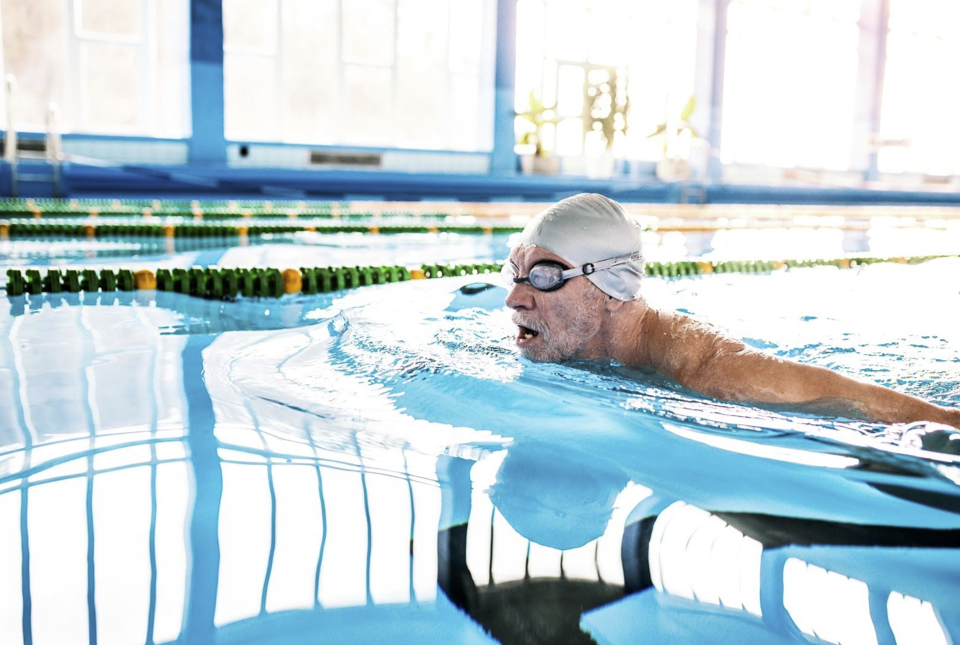Many patients who undergo a knee or hip replacement look forward to participating in an active lifestyle, but there are some considerations to choosing the right sport to improve longevity of the joint. Exercise is important for proper function of the knee or hip joint, and according to the American Academy of Orthopedic Surgeons (AAOS), the majority of surgeons recommend at least 30 minutes of exercise a day.
 There is little data to support that certain sports are safer for people with total joint replacements, but based on surveys of surgeons clinical expertise and experience, the general guideline is to stick to low impact activities.
There is little data to support that certain sports are safer for people with total joint replacements, but based on surveys of surgeons clinical expertise and experience, the general guideline is to stick to low impact activities.
Low impact refers to activities where at least one foot is on the ground at all times, and no-impact refers to your foot not leaving the ground at all (such as swimming or elliptical). Most patients are recommended safe to return to these activities as early as 1-3 months following a joint replacement and are generally allowed in an unlimited amount.1
Why low impact activities?
Low impact activities put less stress on the body, and may prevent wear on the joint. There is a direct correlation between the intensity and amount of exercise with wear on a joint replacement.3 High impact exercise can produce a force up to 2.5 times your body weight, adding additional resistance and stress to your joints.
Most total joint patients feel good following full recovery and exercise is certainly recommended for the health of the joint, but sticking to low impact exercise can help reduce the natural wear of the replacement.2
Recommended sports and activities:
Sports considered low impact:
- walking
- bowling
- dancing
- swimming
- golf
- rowing
Doubles tennis is also considered to be more of a low impact sport, especially if running is avoided during play. If you spend time in a cold weather climate, cross country skiing is also a low-impact sport to consider.
Exercise considered low impact:
- water aerobics
- elliptical
- TRX Pilates
- Tai chi
- yoga
- stair stepper
- step aerobics
Low resistance strength training can also be a safe way to exercise, as long as you avoid jumping or exercises where both feet are off the ground.
Activity recommendations to fit each individual
Your surgeon at the Heekin Clinic can discuss with you what is an appropriate level of activity is for you after your joint replacement. While in general 30-40 minutes of low-impact exercise 4 times a week is ideal, there are patients who are able to enjoy slightly more intense exercises under occasional circumstances. It is always best to speak with your surgeon before beginning a new exercise program.
- Meira EP, Zeni J Jr. Sports participation following total hip arthroplasty. Int J Sports Phys Ther. 2014;9(6):839–850.
- Pire N, Plyometrics for Athletes at All Levels. Ulysses Press, May 1, 2009
- Kuster MS, Exercise Recommendations After Total Joint Replacement, Sports Med 2002; 32 (7):433-445

